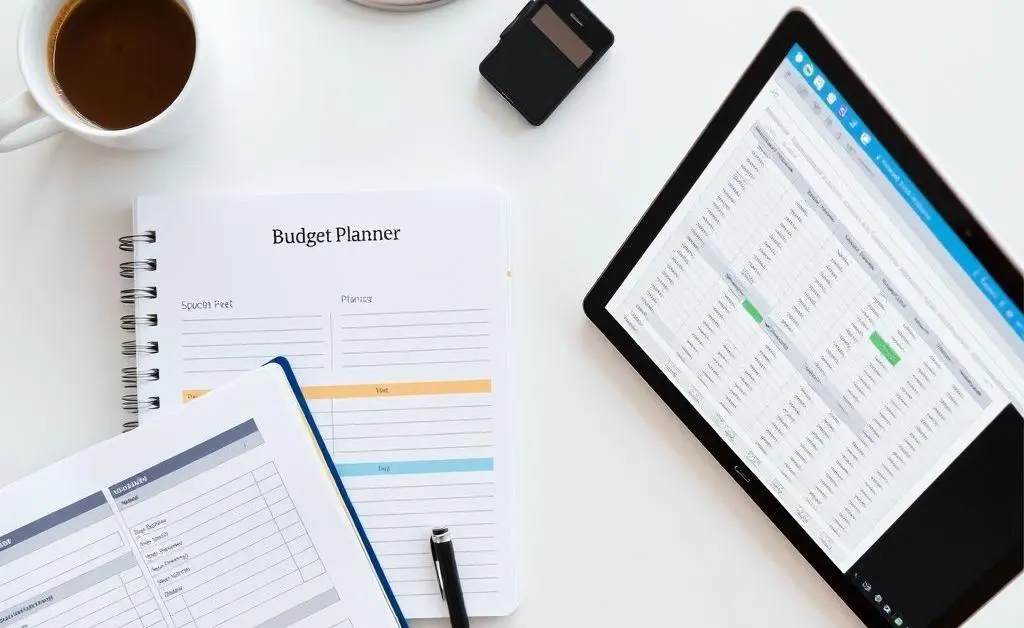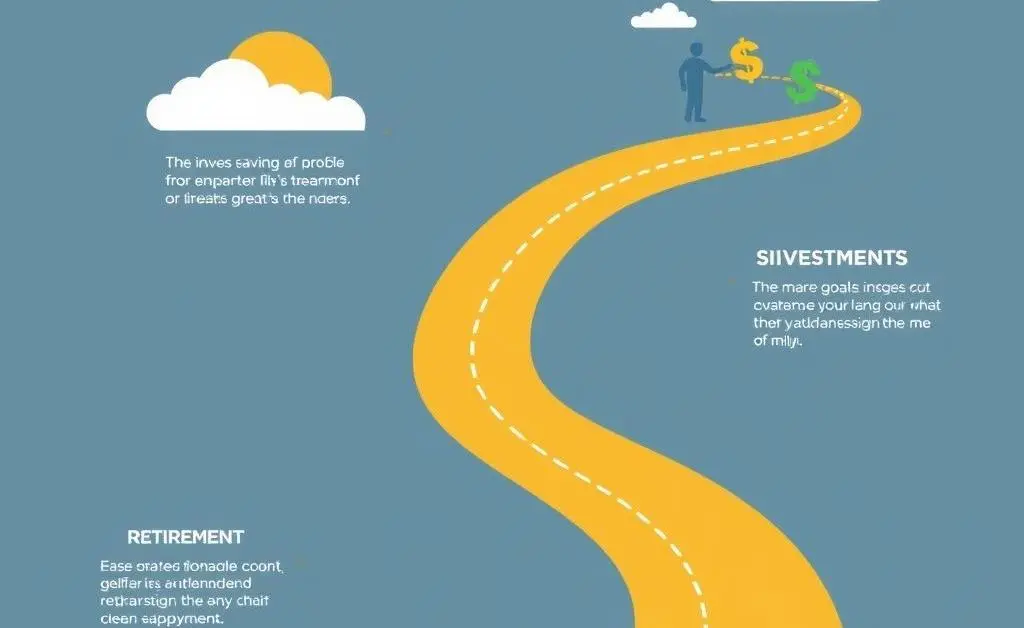Demystifying Personal Finance: A Practical Guide to Financial Stability
Learn how to navigate your personal finances with ease and confidence.

Have you ever felt that personal finance is like trying to assemble a massive jigsaw puzzle without the picture on the box? You're not alone, and today I want to chat about making this daunting task a bit more manageable. My goal is to offer you some intuitive and practical advice so that navigating your finances becomes as soothing as chatting with a friend over a warm cup of tea.
Understanding Your Current Financial State
Before diving into any financial strategy, let's first take a moment to evaluate where you currently stand. Imagine you are about to take a walk through a serene park. You need to know where you're starting from to decide which path to take. Begin by reviewing your bank statements and listing your sources of income, monthly expenses, and any outstanding debts. This will act as the map that outlines your financial landscape.
Creating a Practical Budget
Once you have a clear picture, it's time to create a budget that suits your lifestyle. This isn't about restrictions; it's more about creating freedom. When you have a budget in place, you might feel less anxious about unexpected expenses. Use a simple tool or a spreadsheet to jot down your income and categorize your expenses. Don't forget to include a 'fun' category – after all, life should be lived! Here's where a making a budget guide can come in handy.

Building an Emergency Fund
Next up is setting aside a little cushion for life's unpredictable moments. Picture this fund as your financial safety net. Start small – even $10 a week can grow over time. Ideally, aim for three to six months' worth of expenses, but remember, every dollar saved is a step closer to peace of mind. Consider checking out this guide on building an emergency fund to get started.
Investing in Your Future
The idea of investing might sound complex, but it doesn't have to be a high-stakes game. Begin by exploring simple index funds or a starter investment application. Investing is about giving your money the opportunity to grow over time, so it's never too early or too late to start planting those seeds. Imagine relaxing on a weekend, sipping your favorite drink, and watching your investment grow, no drama involved! For a gentle introduction, this beginner's guide to investing might be just what you need.

Setting and Achieving Financial Goals
It's essential to look beyond the present and dream a little about the future. Setting goals gives you something to aim for, be it a vacation, buying a home, or retiring comfortably. Break these goals into smaller, manageable steps, and create a timeline that feels right for you. Remember, there's no rush, and goals may evolve as life happens.

Takeaway
Above all, remember that personal finance is deeply personal, and there's no one-size-fits-all approach. It's about discovering what brings you peace, joy, and a sense of achievement. As you embark on this journey, treat yourself with kindness and patience. And whenever you stumble, know that each step, however small, is a stride toward a more secure and fulfilling financial future.




